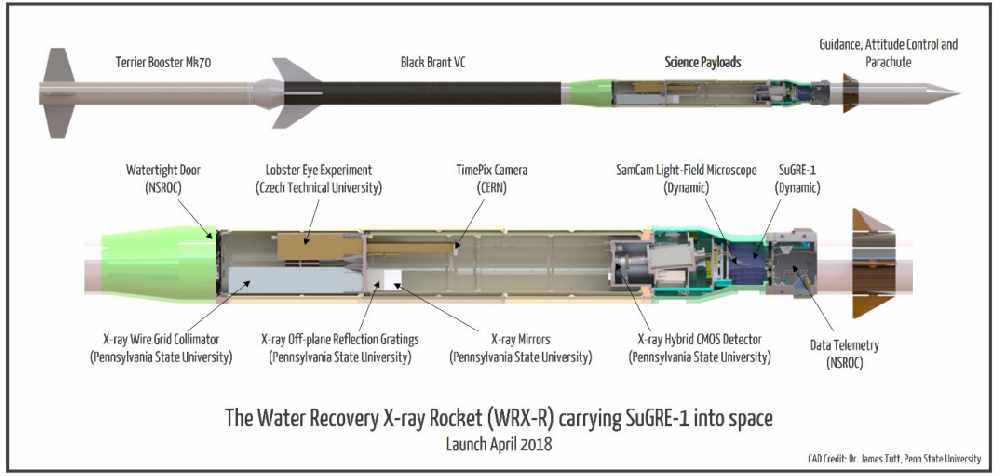
This month Bletchley Park based Dynamic Imaging Analytics Limited (DIAL) launched the SμGRE-1 space mission (SCHOOLS MICRO-GRAVITY ROCKET EXPERIMENT) inviting schools, colleges and home-schooling households to design and submit a sculpture to be part of a micro-gravity and 3D-imaging experimental rocket payload, scheduled to launch from the Pacific Marshall Islands in April 2018.
The NASA WRX-R (Water Recovery X-ray Rocket) will travel into sub-orbital space where imaging technology will record the micro-gravity experience their sculptures encounter for students to later experience on 3D headsets when back in the classroom. The rocket will return to Earth where the SμGRE-1 (pronounced ‘sugar’) payload will be recovered and the sculptures returned to the schools, along with a certificate authenticating they have been in to space.
All sculptures received will be judged and as many suitable entries as possible will be fitted inside SμGRE-1. It is anticipated up to 1,000 sculptures (representing 1,000 UK schools) will be part of this exciting mission that forms an ideal STEM lesson project or after school activity. Students are also invited to document their sculpture design and manufacture and share vlogs on the mission YouTube Channel (SuGRE-1).
The competition is open to all children under the age of 18 in the United Kingdom, including schools for
children with special needs. Deadline for entries is 2nd February 2018. Requirements for the sculptures are:
- The sculpture must be <4 grams and fit within a cuboid of 4 cm3 e.g. the size of a sugar cube
- The sculpture may be made of any material, but able to survive launch (12-G), suitable for taking on an airplane in hand luggage and remain solid up to a temperature of 100°C
The NASA WRX-R Black Brant IX Sounding rocket mission is led by the department of Astronomy and Astrophysics at Pennsylvania State University, whose leader Professor Randall McEntaffer and research group have a long working relationship with the DIAL team. The primary rocket is a high-energy astrophysics telescope mission looking at the Vela Supernova Remnant and aims to test cutting edge technologies including X-ray optics, diffraction gratings and detectors, as well as housing this exciting outreach project that will test novel 3-D imaging technologies.
DIAL Director Dr. Neil Murray has over 12 years experience developing imaging solutions for space missions: ‘We are over the moon to be gifted this fantastic and rare opportunity for kids to engage in a real life space mission! I recognise the challenge to inspire children into STEM careers and so I hope this opportunity, and the vlogs that go with it, give valuable insight into how exciting work in this field can be. Without a nationwide spaghetti bridge building competition in the 80’s to start me off into engineering and later the encouragement of my professor I wouldn’t have envisaged this career path. I have found my flare for solving engineering problems from a young age translated well into space instrumentation and has rewarded me with this amazing career. I hope this is an opportunity for the other unlikely science engineers out there to kick-start and realise their potential’.
DIAL is a small science innovation company, founded in 2015, specialising in the development and delivery of high performance imaging and sensor solutions for space instrumentation and terrestrial applications including Formula One. DIAL also have a dedicated focus on encouraging public engagement in science and inspiring the next generation into engineering. Recent public engagement events include the UK Space Conference, MK Innovates, Bytes festivals and F1 in Schools. DIAL is supported by the UK Space Agency, a partner in the LUVMI lunar rover Horizons 2020 mission and a
member of the Silverstone Technology Cluster.
For further information and full submission details visit www.SuGRE-1.com .
The SμGRE-1 mission can also be followed on Twitter @SuGRE_1 and on the YouTube Channel SuGRE-1.


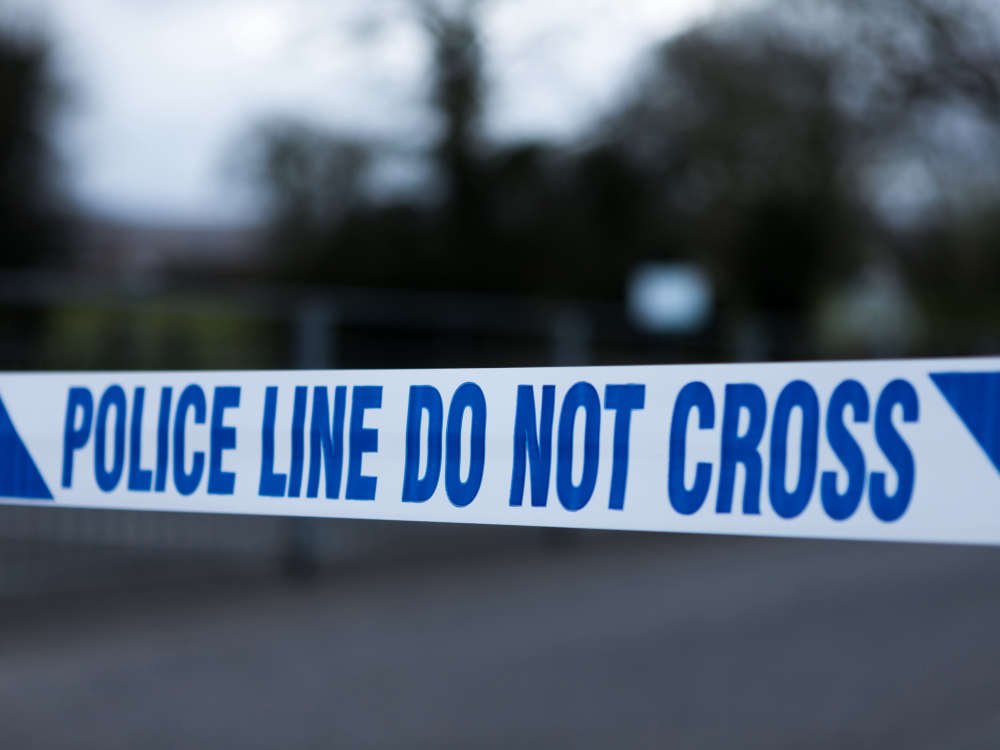 Cambridge business targeted by raiders twice in 24 hours
Cambridge business targeted by raiders twice in 24 hours
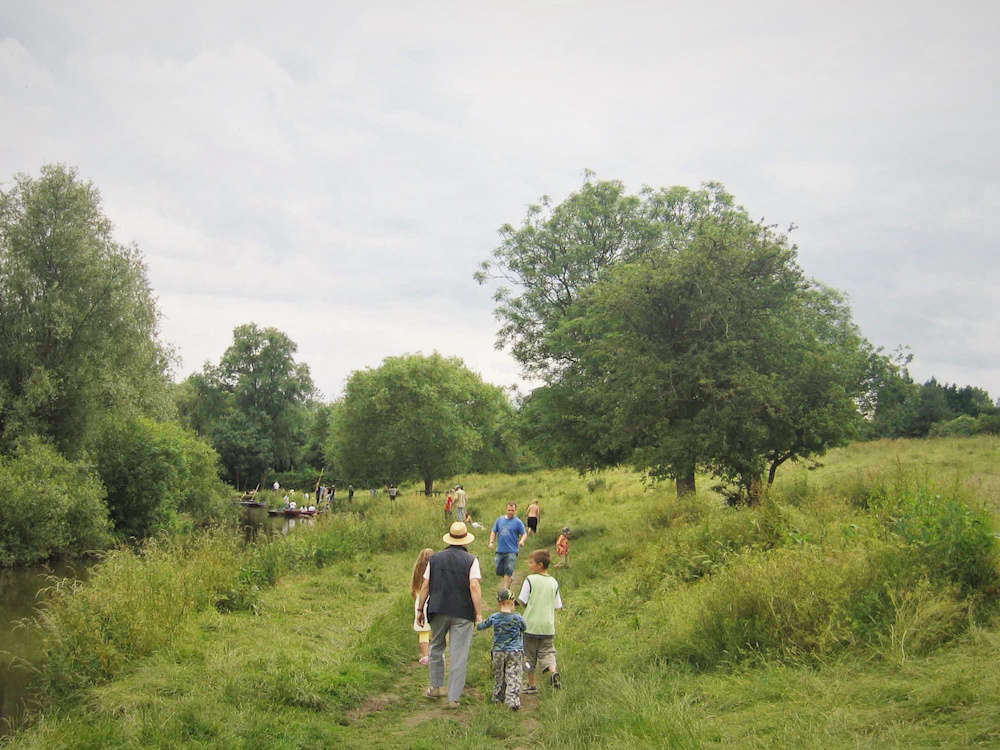 Grantchester Meadows to enjoy bright future
Grantchester Meadows to enjoy bright future
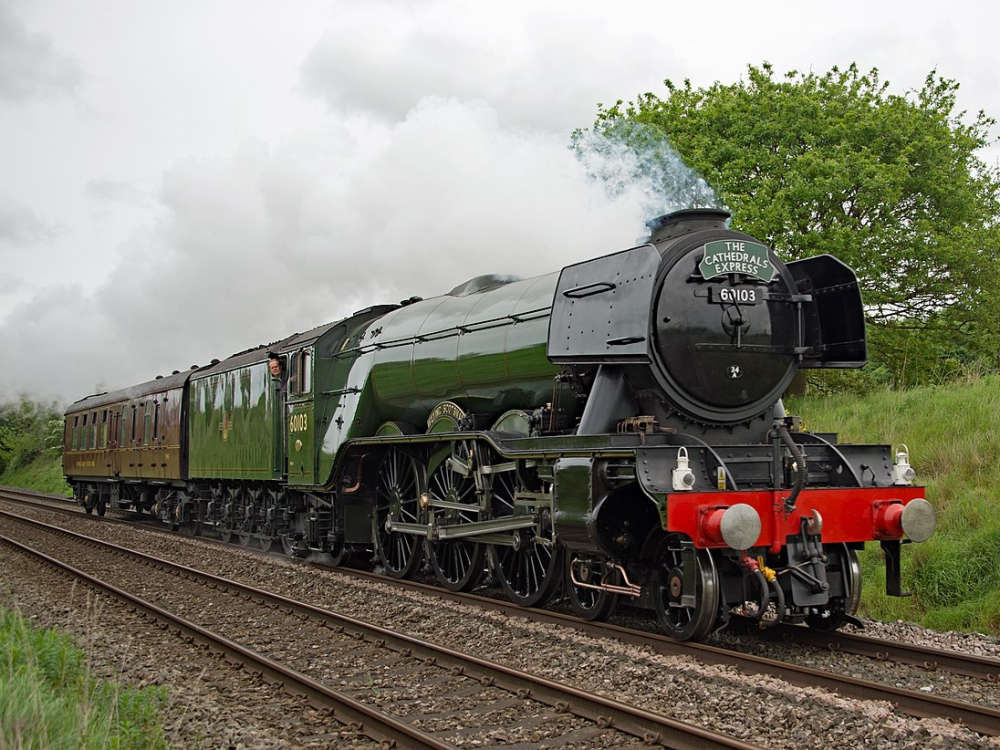 Flying Scotsman returns to Cambridgeshire
Flying Scotsman returns to Cambridgeshire
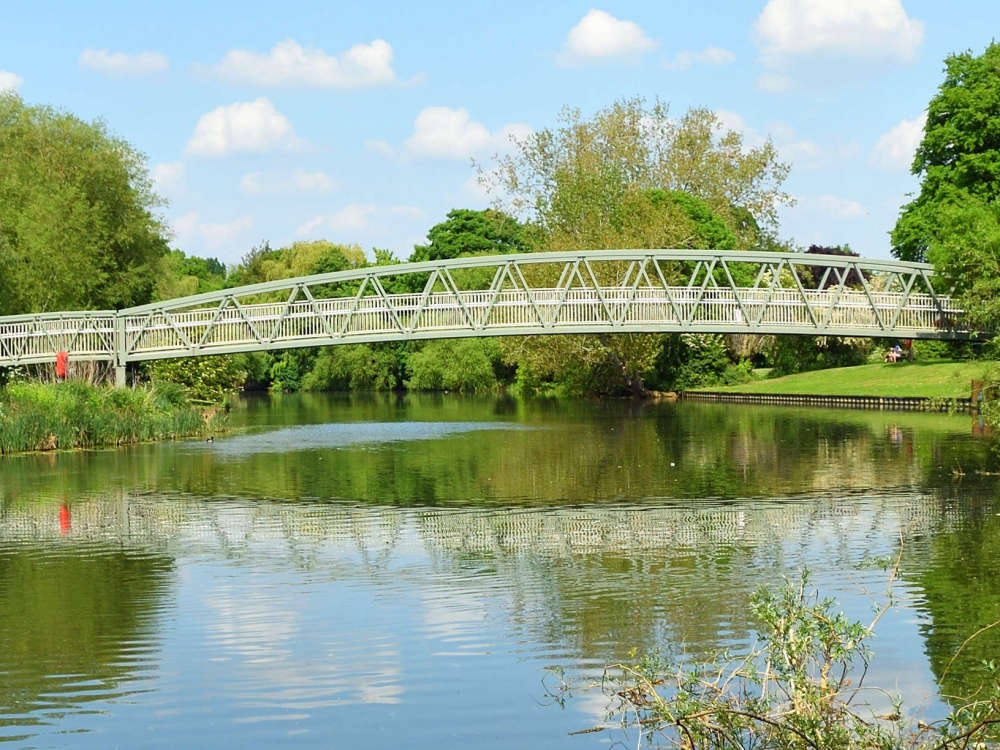 Man found stabbed in St Neots car park
Man found stabbed in St Neots car park


